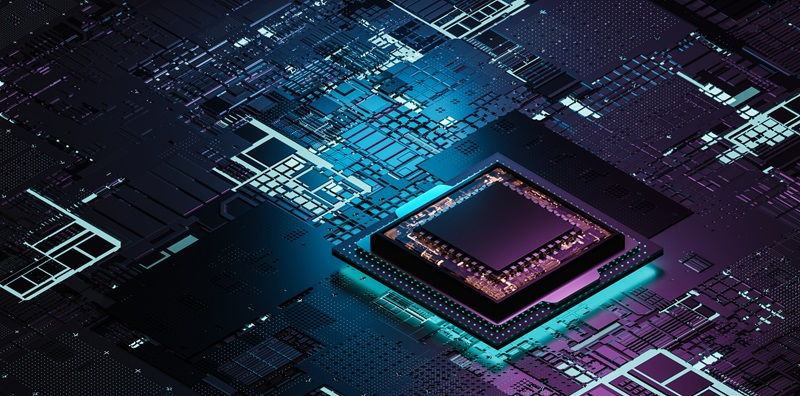On December 14th, Intel is gearing up to release its highly anticipated 5th Generation scalable Xeon CPUs, codenamed Emerald Rapids. These state-of-the-art processors are the successors to the 4th Generation Sapphire Rapids CPUs, promising increased core counts, larger cache pools, and enhanced memory support. In this article, we will delve deeper into the features and performance improvements offered by Emerald Rapids.
Description of Emerald Rapids
Emerald Rapids showcases Intel’s commitment to innovation and efficiency. A notable change from Sapphire Rapids is the reduction in the number of dies used. While Sapphire Rapids employed four dies, Emerald Rapids now utilizes just two dies. Upon closer inspection of die shots from leaked images, it is evident that each die incorporates 35 cores. Three of these cores are disabled, resulting in a flagship model boasting an impressive 64-core configuration. This consolidation allows for improved efficiency and performance.
Performance enhancements
With the release of Emerald Rapids, Intel aims to revolutionize performance benchmarks in various domains. The leaked slides reveal a host of exciting metrics that illustrate the significant gains achieved with 5th Gen chips. Notably, the most impressive leap in performance is witnessed in network performance when utilizing Intel’s QuickAssist technology, with a staggering 240% boost. Media transcoding and Java tasks also exhibit noteworthy improvements, falling in the range of 20% to 30%. These advancements are set to enhance the overall user experience, particularly in areas such as data processing, cloud computing, and high-performance computing.
Authenticity of Slides
Due to the inclusion of traditional Intel markings, the leaked slides discussed in this article appear to be genuine. This lends credibility to the information presented and fuels the growing anticipation among tech enthusiasts for the release of Emerald Rapids.
Overview of Emerald Rapids as a stop-gap processor
Emerald Rapids, though not a massive departure from previous generations, introduces notable upgrades. Utilizing the same Intel 7 manufacturing process and socket as existing chips, it presents itself as a stop-gap processor. However, despite its modest redesign, Emerald Rapids is poised to offer a significant uplift in performance. The consolidation of cores, along with the inclusion of larger cache pools and faster memory support, contribute to improved efficiency and processing power. As a result, users can expect a seamless and enhanced computing experience, enabling them to tackle demanding tasks with ease.
The impending launch of Intel’s 5th Generation scalable Xeon CPUs, showcased by Emerald Rapids, has generated tremendous excitement within the tech community. With improvements in core counts, cache pools, and memory support, Emerald Rapids is set to push the boundaries of performance and efficiency. The leaked slides provide a sneak peek into the incredible gains achieved in network performance, media transcoding, and Java tasks. As we prepare for the official release of Emerald Rapids on December 14th, all eyes are on Intel as they prepare to unveil their latest technological marvel.

